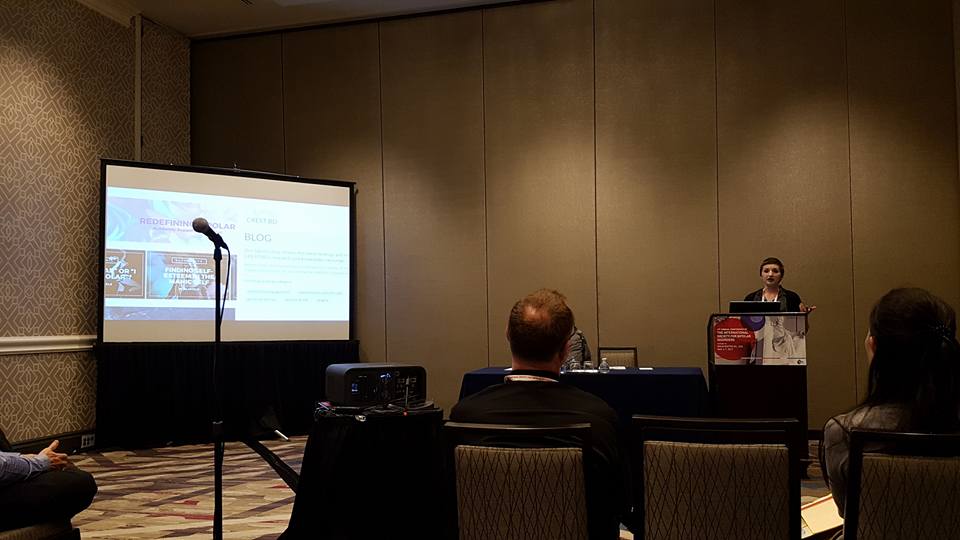I was recently at the International Society for Bipolar Disorders (ISBD) conference alongside others from our team. During the conference, I gave a presentation called “Fighting Bipolar Disorder Stigma as a Researcher-Patient” that I’ve shared on my personal blog; you can read my presentation in full by clicking here. I wanted to share some reflections that I’ve had since then, and elaborate on some aspects of my presentation.
Language, as we know, is an important aspect to consider in fighting stigma — choosing the right language, specifically. So why did I choose to call myself a researcher-patient? Well, the researcher part probably makes sense. I chose “patient” because I placed emphasis on not just fighting stigma in research, but also in practice and policy. My language choices are often informed by Lev Vygotsky’s writings on language development, as I have found his theories quite inspiring and relevant to the study of bipolar disorder. There are both negative and positive connotations to the word “patient,” and in my studies I like to explore both sides and listen to what each one has to say.
But this is not what I mean by “seeing two sides of the same coin.” Think of one side of the coin as the researcher part and the other side as my bipolar. Being able to see through this lens, which I have realized through blog writing, has given me a wonderful opportunity to work more fluidly with many different kinds of expertise. It’s not a new idea and I’m certainly not the one to coin the term (apologies for the pun). But I’m grateful to have brought the concept to the ISBD conference and to share and exchange knowledge with the international community.
Knowledge translation and mobilization are, indeed, the takeaways of this work and of the presentation. It is the perspective, or the currency of being between a researcher and a person with bipolar that can bring fruitful conversation to communities — notably research, healthcare, and policymaking environments. Hence the word “patient.” One way to use this word strategically is to catch the attention of those who use it frequently. Although I do not consider myself a “patient” per se, it is a word I can use to describe myself and my work toward the audience that uses that word most often. And it is a word made common, as we know, in medicine and in policies that direct that medicine. While of course it is necessary to recognize how the word “patient” can be used to oppress, it can also be used as a way to inform.
As always, I recognize my perspective is one of many. After I gave my presentation, I was greeted by many who expressed interest in the idea of facilitating this kind of knowledge exchange. So in briefly describing such work, I hope it can be used to inspire for better and to help fight stigma in its various forms. Here are just a few quick tips for stigma fighting as a researcher:
- Adopt research models that incorporate people with bipolar as co-creators of research (CBPR, for example)
- Be mindful of power dynamics and imbalances that exist and acknowledge every person is an expert in his/her own way
- Be an advocate for change in your workplace and your field for more incorporation of lived experience voices

Presenting at the ISBD conference on May 6th, 2017.




Leave a Reply